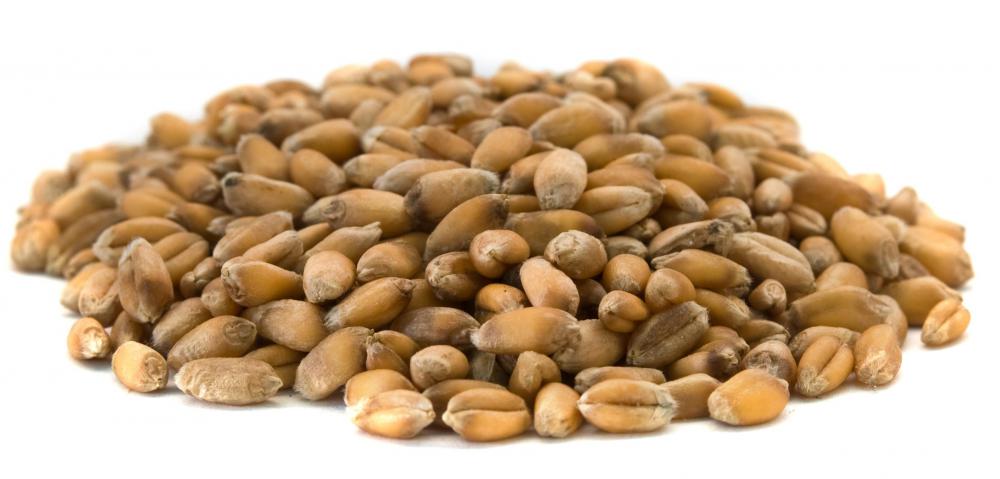At WiseGEEK, we're committed to delivering accurate, trustworthy information. Our expert-authored content is rigorously fact-checked and sourced from credible authorities. Discover how we uphold the highest standards in providing you with reliable knowledge.
What Happened in Prehistoric Britain?
Prehistoric Britain refers to the period of time prior to the Roman invasion of Britain in 43 CE, though a few historic references exist before this. The island of Britain has been occupied intermittently by members of the genus Homo (such as Homo erectus) for hundreds of thousands of years, and modern humans for tens of thousands of years. DNA analysis has shown that humans lived in Britain before the last glacial maximum, more than 20,000 years ago, though only south Britain would have been habitable at the time, north Britain being completely covered by glaciers. A very long time (500,000 years) ago, prehistoric Britain had elephants, rhinoceri, and hippopotami which were hunted by the natives. These natives were not Homo sapiens but Homo heidelbergensis, a pre-human ancestor.
During the last glacial period, up until 12,000 years ago, the world's sea levels were lower and Britain and Ireland were both connected to each other and the mainland. Archaeological finds have indicated that man reoccupied Britain after the glacial period by 12,000 BCE. None of the pre-Roman occupants of Britain had a written language or literature, so they are only known from archaeological finds. These occupants of prehistoric Britain left large mounds and hill forts, some of which would have required thousands of man-years of work, indicating a level of social organization in prehistoric Britain that there is no record of.

About 2,500 BCE, cup-smelting techniques were brought to Britain from Spain and Portugal, and the natives set about mining tin and copper which they exported all over Europe. Beginning in 2,150 BCE, the inhabitants learned to make bronze by combining copper with a small amount of tin, which ushered in the Bronze Age in Britain, finally replacing stone tools. The British people were wheat farmers, and also engaged in the manufacture of salt.

The Iron Age in Britain began around 750 BC, and the iron-tipped plough revolutionized agriculture, allowing population growth like never before. The modern age of cities became concrete around this time, with many enclosed villages. In 600 BC the Celtic culture spread across Britain, giving it the title "Celtic Britain," and resulting in the creation of many trinkets which have been discovered by archaeologists. Prehistoric Britain was written about by the Greek historian Pytheas in 325 BCE, when he explored the island's coasts, and Julius Caesar wrote about Britain in 50 BC, about a century before it was conquered by his descendants. This brought a close to the prehistoric age of Britain.
AS FEATURED ON:
AS FEATURED ON:















Discuss this Article
Post your comments